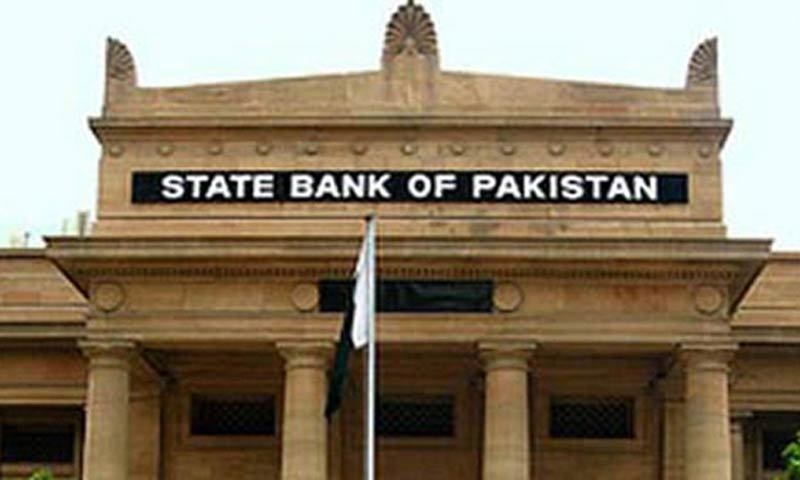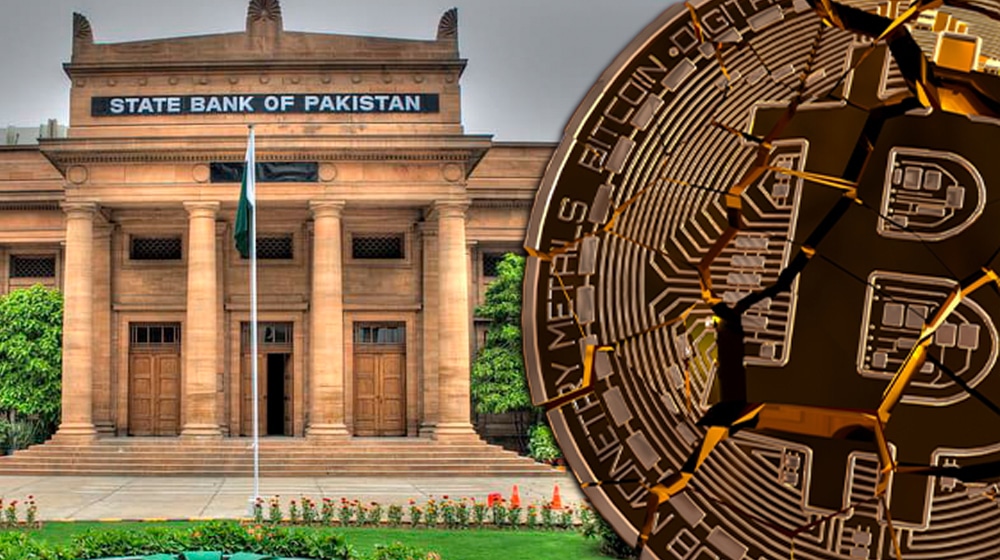ISLAMABAD: A senior official from the State Bank of Pakistan (SBP) reported today that the bank foresees a gradual decline in inflation and an improved economic outlook for Pakistan.
Fida Hussain, Director of SBP’s Monetary Policy Department, discussed this expectation in a podcast released on Saturday, highlighting that it underpinned the bank’s recent decision to maintain its policy rate unchanged.
During the meeting of the Monetary Policy Committee (MPC) on July 31, the decision was made to retain the policy rate at 22%, influenced by several key factors, Hussain explained.
He outlined, “First, the projected gradual decrease in inflation throughout the fiscal year 2024. Second, the favorable trajectory of Pakistan’s economy, driven by enhanced investor confidence stemming from recent developments.”
The podcast conversation explored the rationale behind the decision, the anticipated economic outlook, and the impact of recent developments.
This decision marked the first policy announcement after Pakistan and the International Monetary Fund (IMF) reached a Stand-By Arrangement (SBA) agreement.
The podcast addressed changes since the previous monetary policy announcement in June 2023, encompassing aspects such as the SBA agreement, the federal budget for 2023-2024, stability in global commodity and petroleum prices, and indications of global economic stability.
The agreement with the IMF contributed to improved market sentiments and a significant increase in the country’s foreign exchange reserves. Despite slight fluctuations in global commodity prices, the overall stabilizing trend indicates a positive economic environment.
Additionally, both business and consumer inflation expectations are on a downward trajectory, aligning with the MPC’s outlook, Hussain noted.

SBP addresses concerns regarding different sectors
The discussion also addressed concerns about recent price adjustments in key sectors like petroleum, electricity, and anticipated gas price hikes. Hussain clarified that the MPC factored in these adjustments when making decisions, with particular attention to their impact on inflation.
The podcast highlighted the removal of import restrictions and its potential implications for the exchange rate and inflation.
It explained how the existing high policy rate of 22% has subdued domestic demand, thus mitigating potential pressure on the foreign exchange rate due to the lifting of import restrictions.
The podcast concluded by elucidating the concept of real interest rates and their influence on economic behavior. Positive real interest rates encourage saving and discourage borrowing, resulting in reduced consumption and controlled inflation.
Overall, the episode provided a comprehensive analysis of the rationale behind the recent monetary policy decision, considering various domestic and global factors. It offered a thorough overview of Pakistan’s economic landscape, making it a valuable conversation for those seeking insight into the country’s monetary policy approach and economic trajectory.










